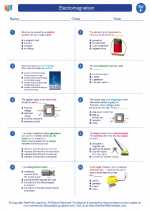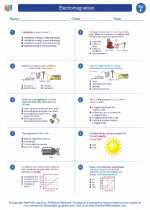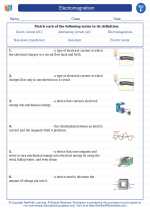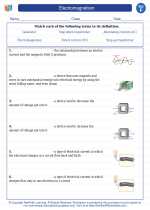Humans
Humans, or Homo sapiens, are the only extant members of the subtribe Hominina and are characterized by their bipedal locomotion, complex brain structure, and advanced tool-making abilities. They are part of the primate family and are considered to be the most intelligent and advanced species on Earth.
Physical Characteristics
- Bipedal Locomotion: Humans walk upright on two legs, a key characteristic that distinguishes them from other primates.
- Brain Structure: The human brain is highly developed and allows for complex cognition, problem-solving, and language abilities.
- Tool-Making Abilities: Humans have the ability to create and use tools, which has been essential to their survival and development as a species.
- Diverse Physical Features: Humans exhibit a wide range of physical traits, including different skin colors, hair textures, and facial features, influenced by genetic and environmental factors.
Biological Systems
Humans have various biological systems that work together to maintain homeostasis and ensure survival. These systems include the respiratory, circulatory, digestive, nervous, and endocrine systems, among others. Each system performs specific functions that are essential for the overall health and functioning of the human body.
Behavior and Society
Humans are social beings and often form complex societies with intricate cultural, political, and economic structures. They exhibit a wide range of behaviors, emotions, and communication methods, including spoken and written language, gestures, and facial expressions.
Study Guide
- What are the key characteristics that distinguish humans from other primates?
- Explain the importance of bipedal locomotion in human evolution.
- Discuss the role of the human brain in cognitive development and problem-solving abilities.
- Describe the diversity of physical features observed in the human population.
- Identify and explain the functions of at least three biological systems in the human body.
- Discuss the significance of social behavior and cultural development in human societies.
By studying these topics, you will gain a deeper understanding of the characteristics, biology, and behavior of humans, as well as their role in society and the natural world.
.◂Science Worksheets and Study Guides Sixth Grade. Electromagnetism

 Activity Lesson
Activity Lesson
 Worksheet/Answer key
Worksheet/Answer key
 Worksheet/Answer key
Worksheet/Answer key
 Worksheet/Answer key
Worksheet/Answer key
 Vocabulary/Answer key
Vocabulary/Answer key
 Vocabulary/Answer key
Vocabulary/Answer key
